Real name Tony Craig Tucker Nationality American Height 1.96 m Reach 81 in (206cm) Role Professional Boxer Total fights 66 | Name Tony Tucker Division Heavyweight Nickname(s) TNT Wins 57 Martial art Boxing Movies Play It to the Bone | |
 | ||
Born December 27, 1958 (age 66) Grand Rapids, Michigan, U.S. ( 1958-12-27 ) | ||
Mike Tyson vs Tony Tucker Highlights
Tony Tucker - Heavyweight Champion (Highlight Reel)
Tony Craig Tucker (born December 27, 1958) is an American former professional boxer who competed from 1980 to 1998. He won the IBF heavyweight title in 1987, and was the shortest-reigning world heavyweight champion, at 64 days. As an amateur, he won the 1979 United States national championships and a gold medal at the 1979 Pan American Games, both in the light heavyweight division.
Contents
- Mike Tyson vs Tony Tucker Highlights
- Tony Tucker Heavyweight Champion Highlight Reel
- Professional career
- IBF heavyweight champion
- Tucker vs Tyson
- Comeback
- References
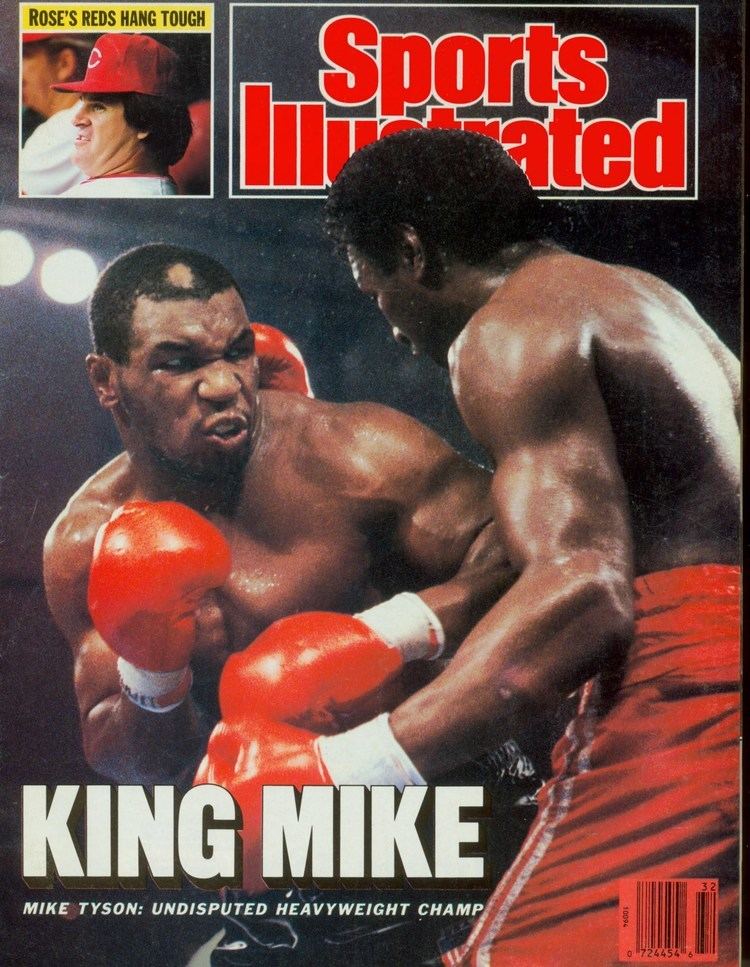
Professional career
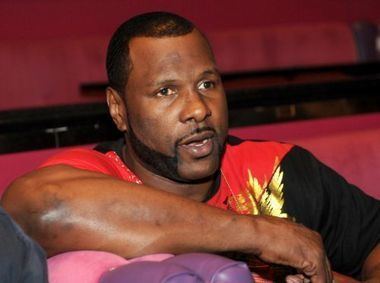
After turning pro in 1980, Tucker's early fights were often shown on NBC, as part of a collection known as "Tomorrow's Champions".

Tucker's progress in the professional ranks was slow. He was injury prone, and he changed managers and trainers several times. Eventually his father Bob Tucker performed both roles. After enjoying a high-profile upon his professional debut, Tucker spent the majority of the 1980s boxing in off-TV bouts. In addition, he injured his knee in a bout against Danny Sutton, which caused him to miss a little over a year.
In June 1984, he scored a win by knocking out Eddie "The Animal" Lopez in 9 rounds on the undercard of the Tommy Hearns–Roberto Durán fight. It was the first time Lopez had ever been knocked down. In September 1984, he followed it up by outpointing Jimmy Young .
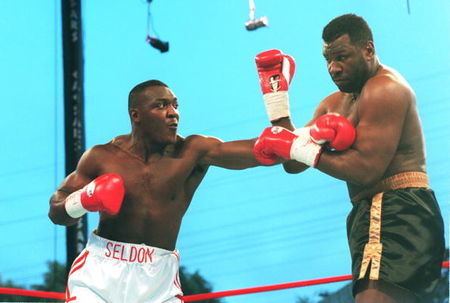
In September 1986, Tucker finally landed a big fight, against 242 lb James "Broad-Axe" Broad, for the USBA belt and a world title eliminator. Tucker won by unanimous decision.
IBF heavyweight champion
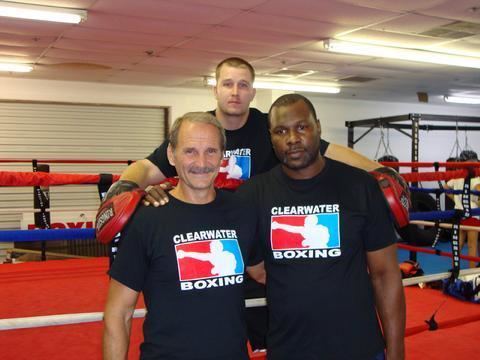
Home Box Office and Don King Productions orchestrated a Heavyweight unification series for 1987, planning among its bouts a match between reigning IBF champion Michael Spinks and Tucker. Spinks refused to face Tucker, opting instead for a more lucrative bout with Gerry Cooney. The IBF withdrew its championship recognition of Spinks on February 19, mandating that Tucker (as the IBF's number 1-ranked contender) face its number 2 contender, Buster Douglas. Tucker won the bout, and the vacant IBF crown, via 10th-round technical knockout.
Tucker vs. Tyson
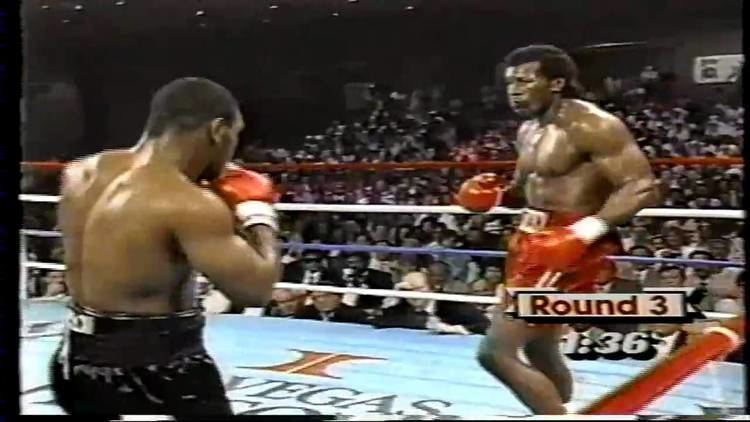
Tucker, as the winner of the IBF title, was obliged to immediately defend his title in a unification bout with WBA and WBC champion Mike Tyson, in what would be the tournament final. Despite having a broken right hand, Tucker faced Tyson on August 1, 1987. Tyson defeated Tucker by unanimous decision to unify the three championship titles, in the process giving Tucker the distinction of having the shortest championship reign in the history of the Heavyweight division (64 days).
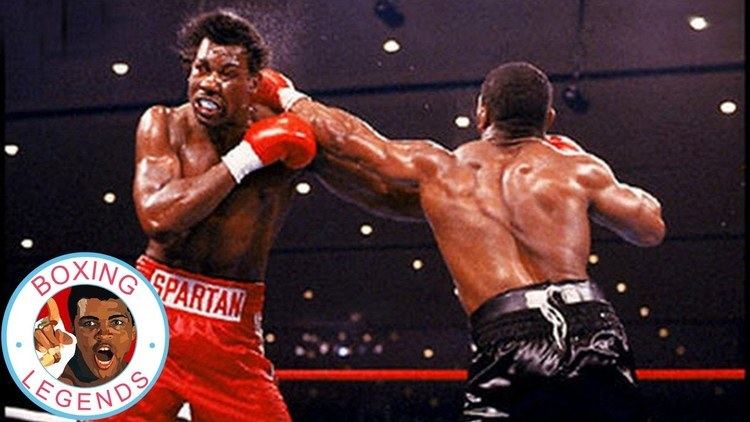
Coincidentally, eight years later this exact scenario would unfold to give Tucker another title shot, as the WBA would withdraw its championship recognition of George Foreman on March 4, 1995 after Foreman refused to face Tucker (who was its designated #1 contender). Unlike the 1987 scenario, this time Tucker would not earn a championship, as he would lose the match mandated by the WBA, against #2-ranked contender Bruce Seldon.
Comeback
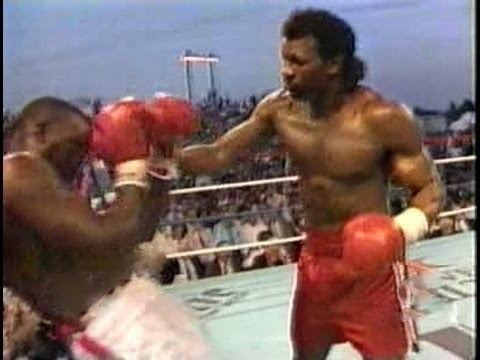
Tucker returned to boxing in 1990, and by 1992 was back in Don King's stable. He won the NABF belt with a split decision over the highly ranked Orlin Norris, and successfully defended it against future world champion Oliver McCall, winning another 12-round decision. He finished 1992 with a 6th-round TKO of Frankie Swindell and set himself up for another world title shot.
By 1993, Tucker had run his record up to 48–1 and in May of that year he challenged Lennox Lewis for the WBC world heavyweight title. Lewis won a 12-round unanimous decision, knocking down Tucker twice. It was the first time in 34-year-old Tucker's career that he had been off his feet.
In 1995, George Foreman refused to defend his WBA world heavyweight title against Tucker, choosing to fight German Axel Schulz. Tucker and Bruce Seldon fought for the vacant WBA belt in April 1995. Seldon won by TKO after 7 rounds when doctors stopped the fight due to Tucker's eye closing shut.
Tucker lost his shot at a rematch when later that year he was outpointed by a newly signed Don King heavyweight, British-Nigerian boxer Henry Akinwande, over ten rounds.
In 1996 he was outpointed by old rival Orlin Norris. He scored two low-key wins in California, and in 1997 traveled to the U.K. to challenge Herbie Hide for the vacant WBO title. Tucker was dropped three times and knocked out in round 2.
In 1998 Tucker challenged John Ruiz for his NABF belt. Despite a big 6th round where he had Ruiz in trouble, Tucker was eventually stopped in the 11th round.
He came back in May to knock out journeyman Billy Wright in one round, but later had his license revoked due to medical concerns about Tucker's vision.
